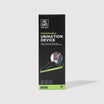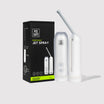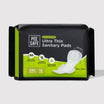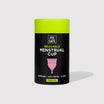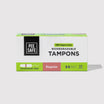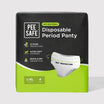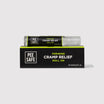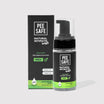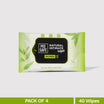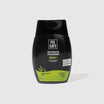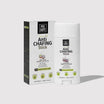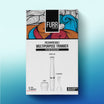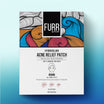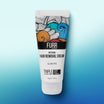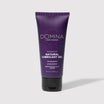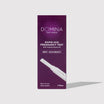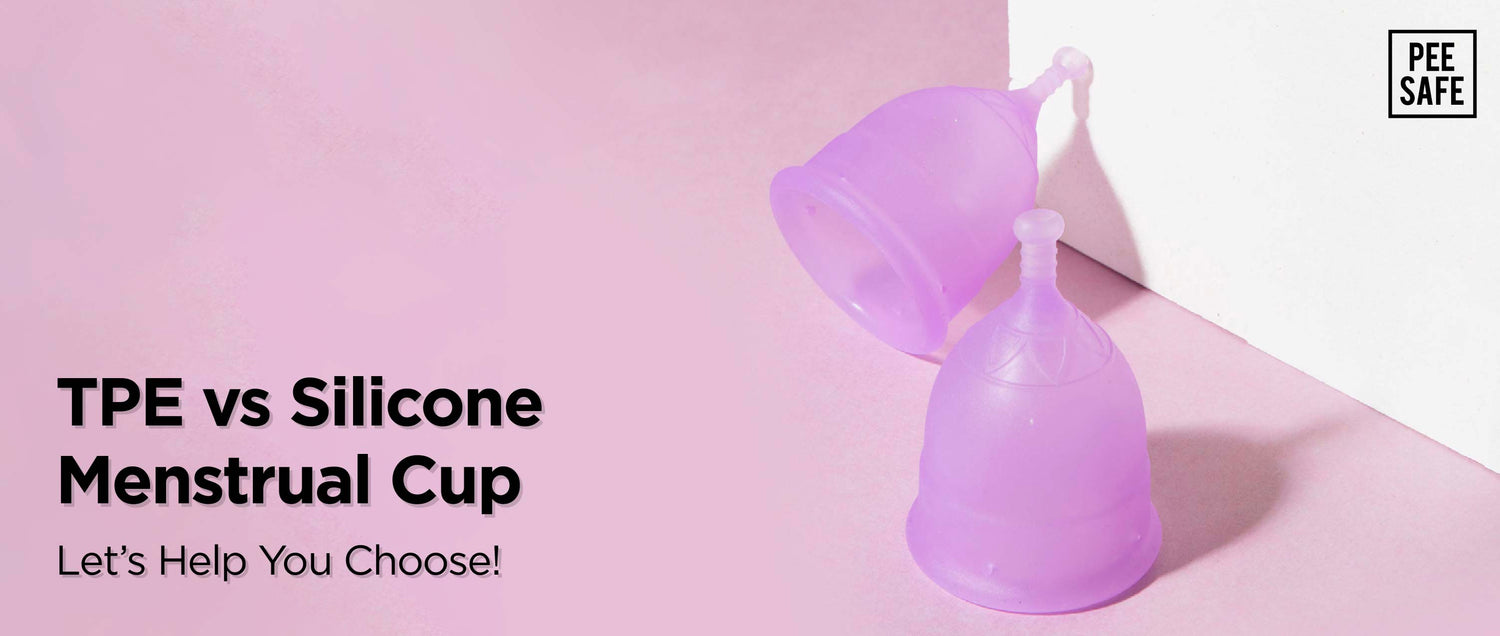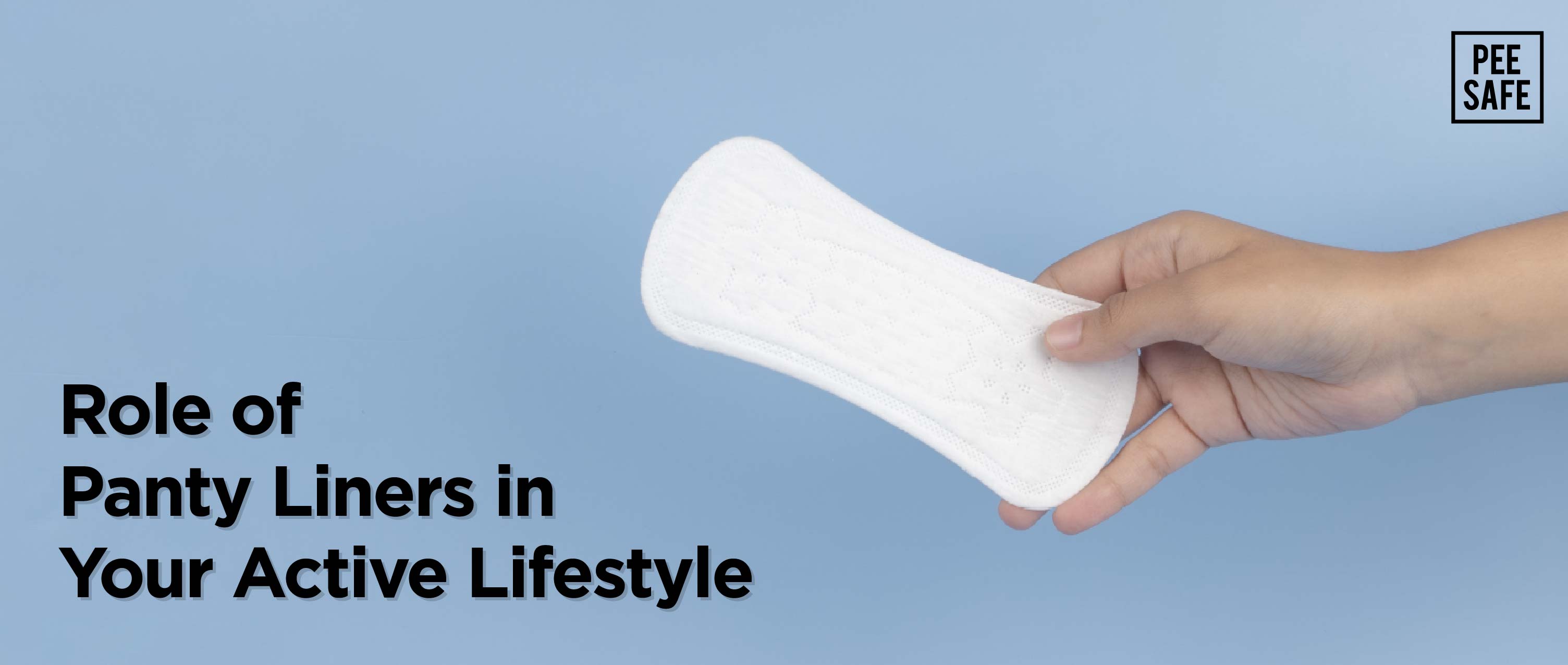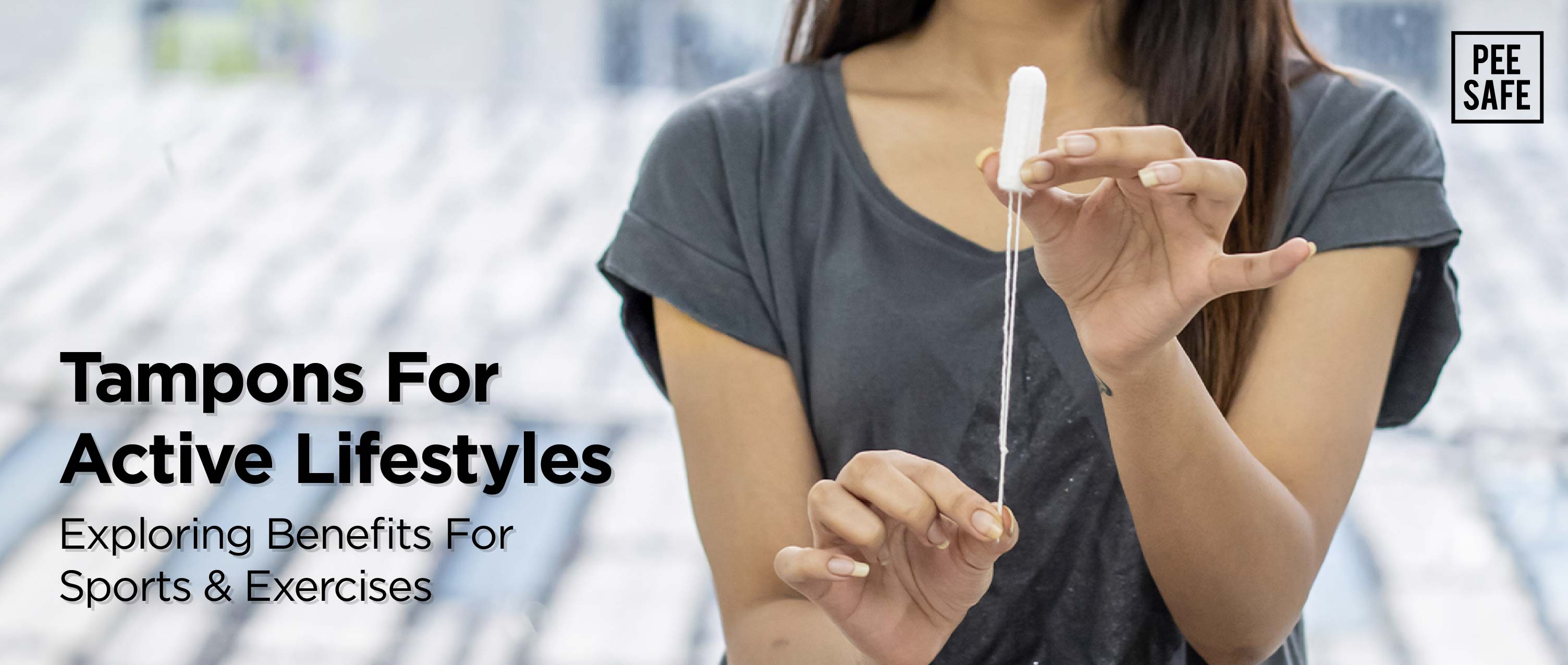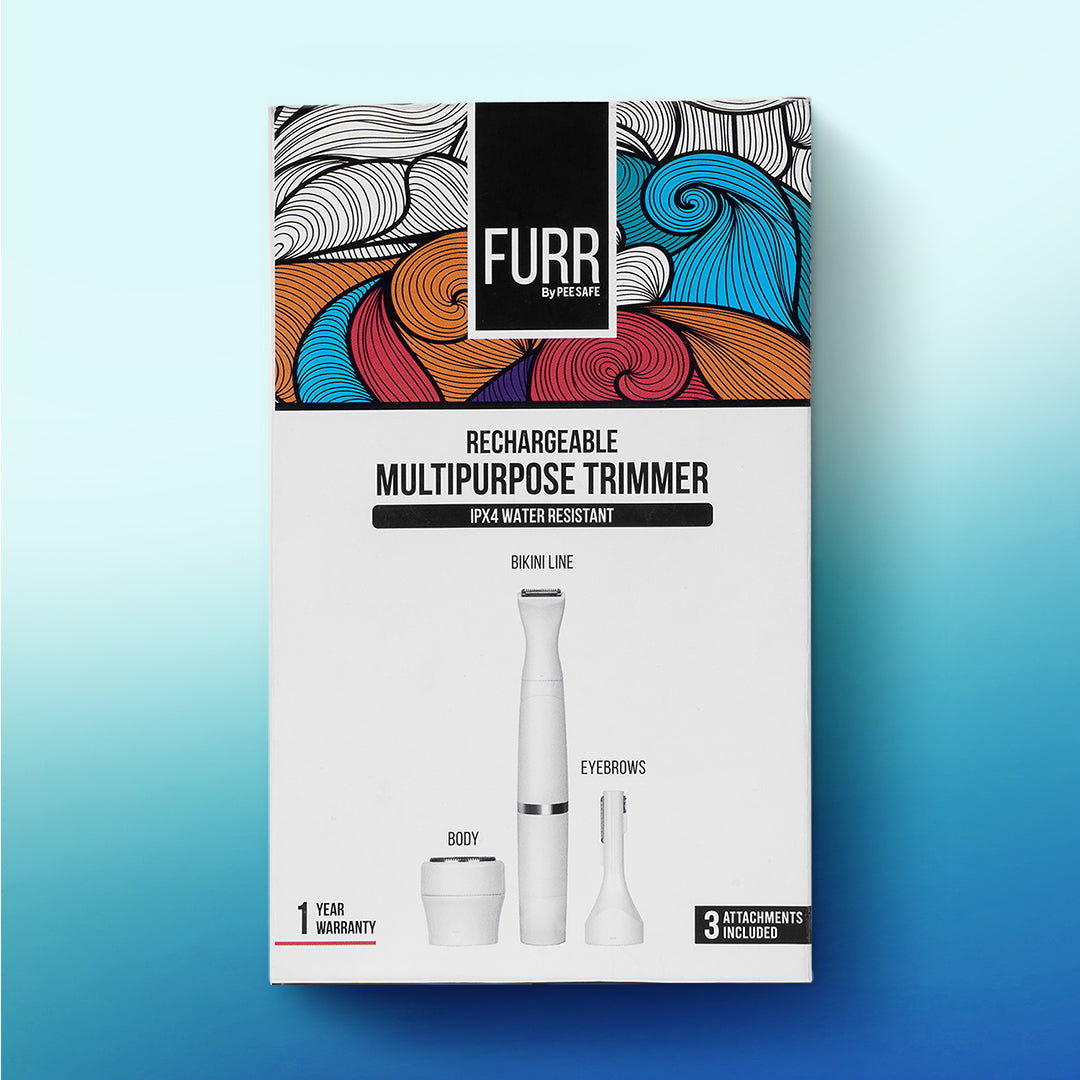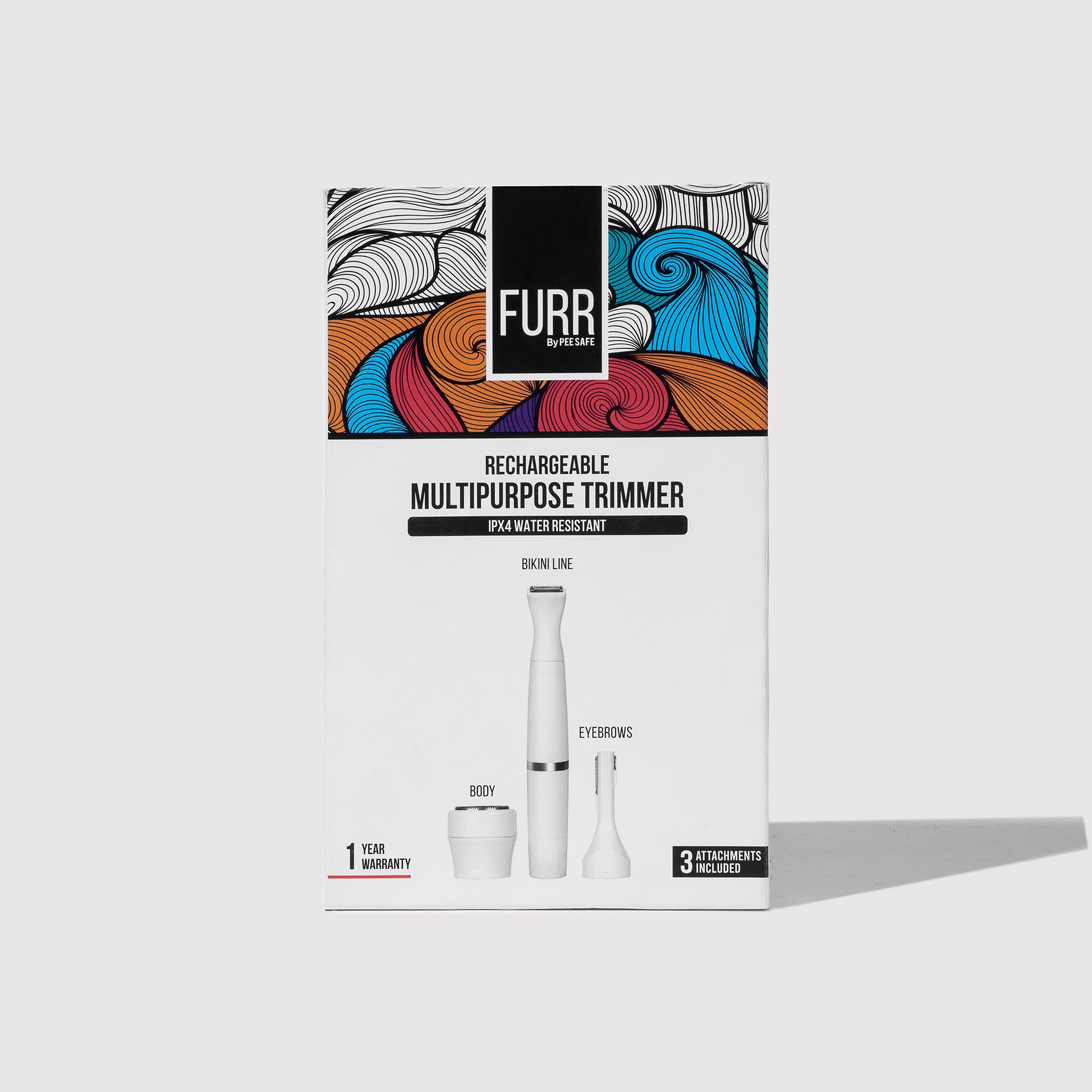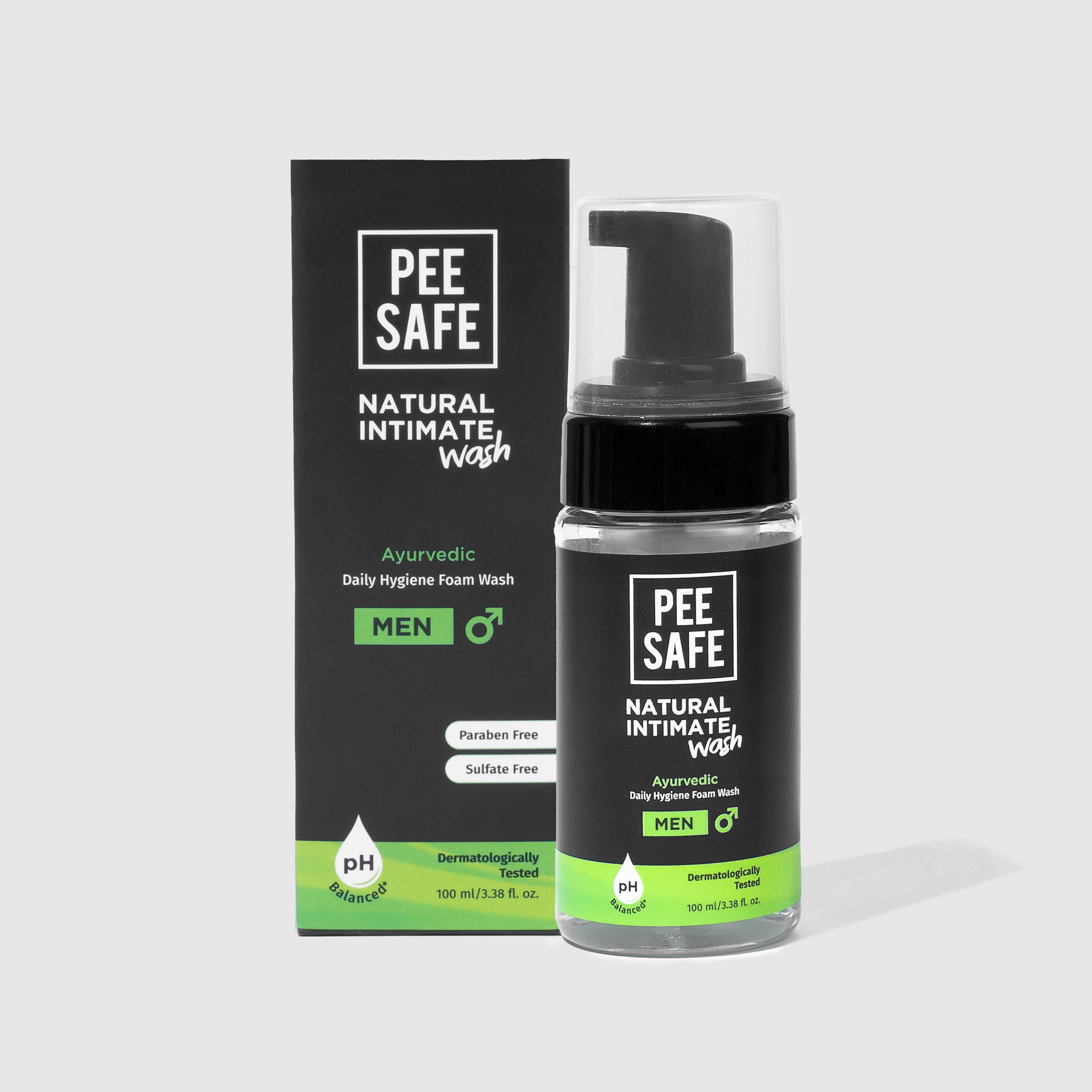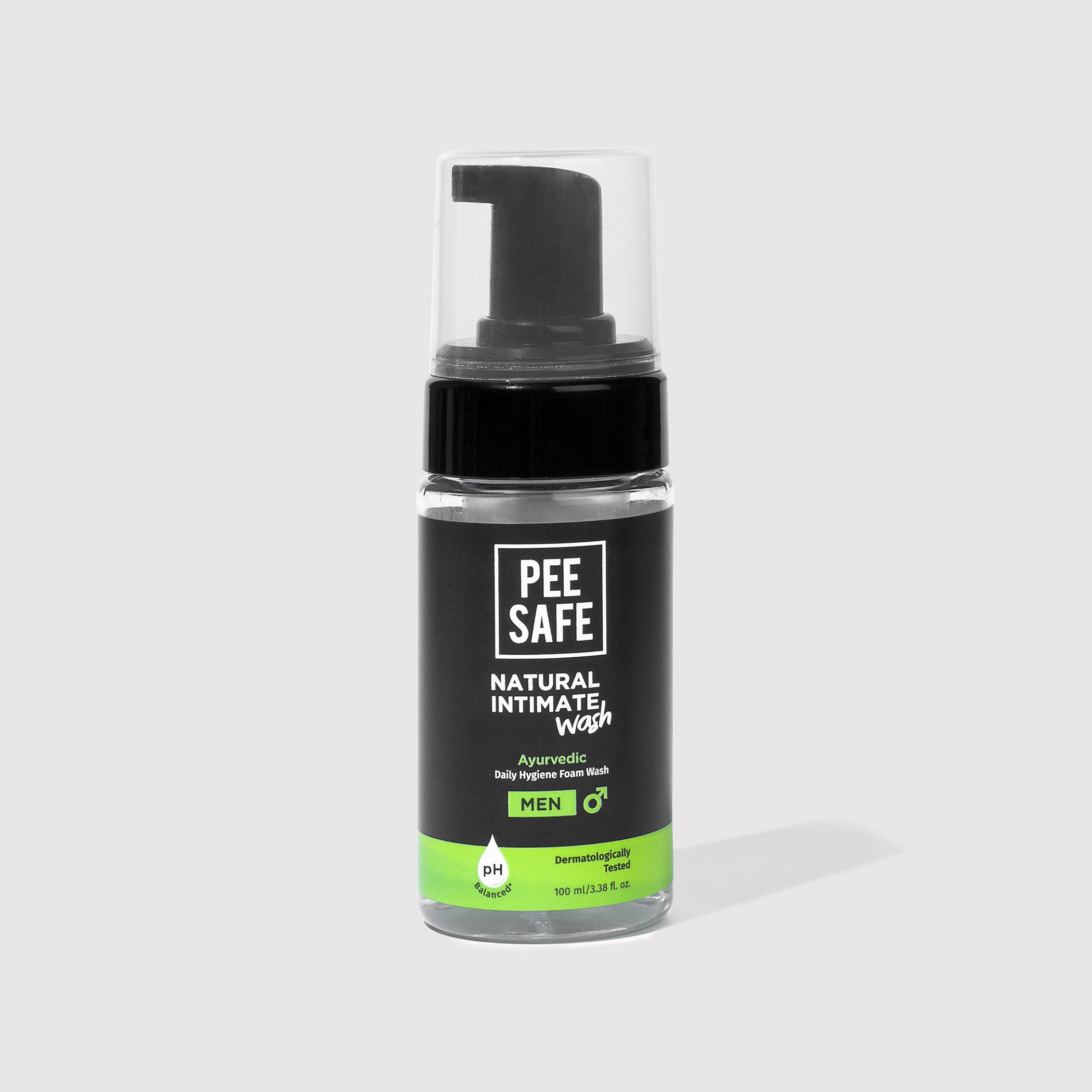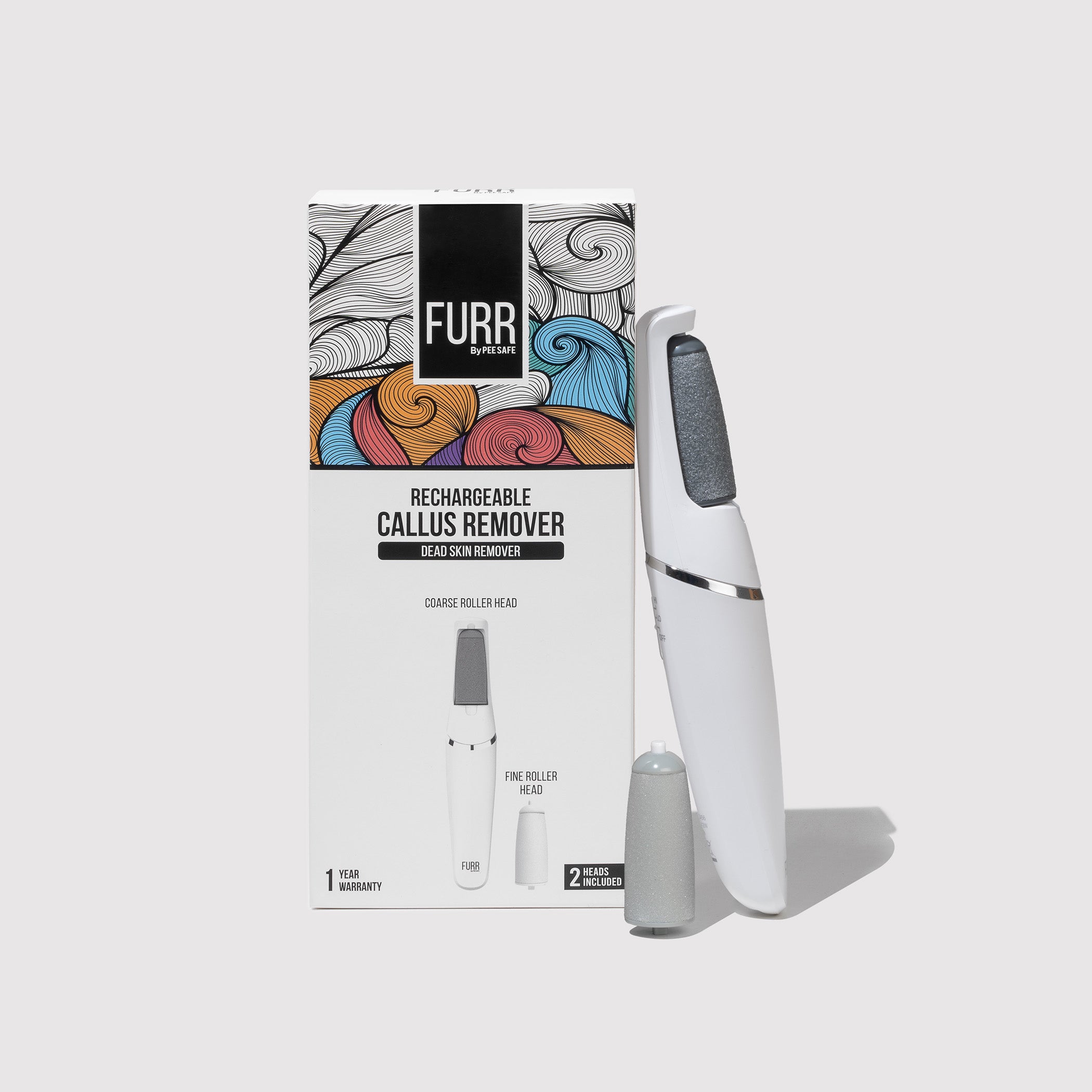Menstrual cups are menstrual products that collect period fluid. These cups are either made up of medical-grade silicone or Thermoplastic Elastomer (TPE). You must be wondering; what are these materials, and which one to choose? Let us take you through it.
We have differentiated TPE vs Silicone menstrual cups on the basis of various parameters:
Material Composition
Silicone is a soft, rubber-like material that is derived from silicon; which is a natural element found in sand and rock.
Thermoplastic Elastomer (TPE), on the other hand, is a synthetic material made from a blend of plastic and rubber.
Therefore, the silicone menstrual cups are very soft, whereas the TPE menstrual cup feels soft as well as plastic-like.
Durability
Here, the durability is determined on the basis of tensile strength. Tensile strength is the measure of the maximum stress a material can withstand before it breaks under pulling forces. Suppose you are stretching a rubber, and it breaks with very little effort. It means it has very low tensile strength.
Silicone has high tensile strength, whereas TPE has low tensile strength. This means that the medical-grade silicone menstrual cup can withstand excessive force as compared to TPE menstrual cups, making them more durable.
Temperature Resistance
Temperature resistance refers to a material’s ability to withstand and maintain its properties under different temperatures without any significant damage.
Silicone menstrual cups are known for their excellent temperature resistance. They can withstand up to 200° C. Whereas TPE menstrual cups can resist up to 120° C.
This means that you need to be mindful about exposing your TPE menstrual cup to a certain temperature while sterilizing it as it might melt.
Sterilization
TPE menstrual cups cannot be sterilized using chemicals like soap or dishwashing liquid. However, you can only sterilize them by boiling them in hot water.
On the other hand, silicone menstrual cups can be subjected to soap during the sterilization process. You can use the Pee Safe Menstrual Cup Wash in order to sterilize your cup effectively.
Firmness
Here, firmness is determined on the basis of compressive strength. Compressive strength is a measure of a material’s ability to withstand compressive forces without undergoing deformation.
Silicone menstrual cups have a high compressive strength which means they will retain their shape throughout their shelf life. Whereas the TPE menstrual cups have low compressive strength, resulting in the loss of their original shape.
Biocompatibility
Biocompatibility refers to the ability of a material or substance to interact with living tissues inside the body without causing harm, adverse reactions, or toxicity.
Both TPE and Silicone are biocompatible materials. However, Silicone is widely used and preferred in a range of medical devices and implants, including breast implants, catheters (the tube that is used to empty the bladder and collect urine in a drainage bag), surgical tubing, and various types of prosthetics.
Cost
TPE menstrual cups cost less as compared to Silicone menstrual cups. However, the discussed differences show that the menstrual cup made from Silicone is better than the TPE ones. Now, it’s your decision whether you want to opt for the cheaper one or the quality one.
Conclusion
It can be confusing when you are buying a menstrual cup for the first time. However, the above-discussed differences between TPE and Silicone menstrual cups can help you make informed decisions. When choosing a menstrual cup, consider the factors such as composition, durability, temperature resistance, firmness, and biocompatibility. Moreover, it is advised to choose quality over everything because a good quality material lasts longer. To know more, visit the Pee Safe website.
-
✍️ This article was curated by Komal Gupta


